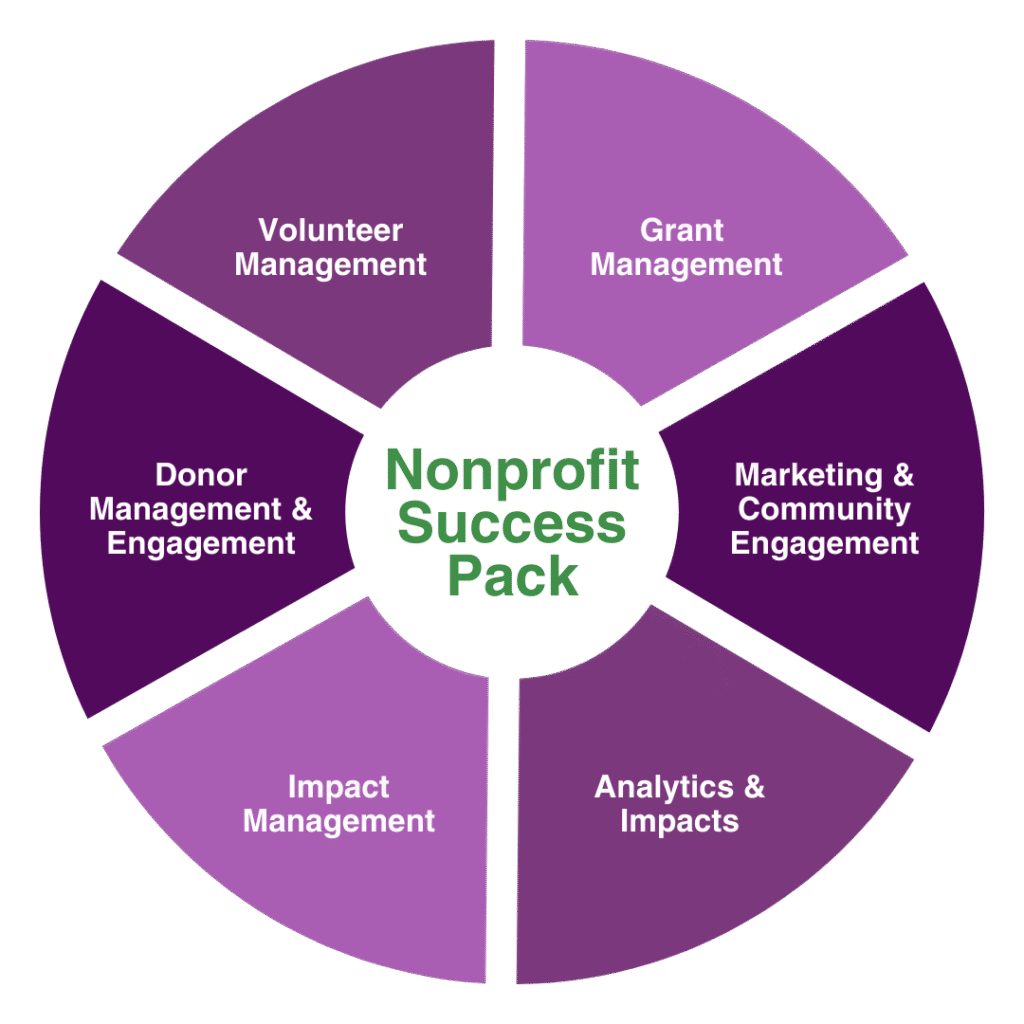StreamEastmardin escortizmit escortkonya escorteskişehir escortkayseri escortankara escortankara escortankara escortyakabetyakabet girişjokerbetjokerbet girişrinabetrinabet girişwinxbetwinxbet girişmarsbahiskalebet
StreamEastmardin escortizmit escortkonya escorteskişehir escortkayseri escortankara escortankara escortankara escortyakabetyakabet girişjokerbetjokerbet girişrinabetrinabet girişwinxbetwinxbet girişmarsbahiskalebet
StreamEastmardin escortizmit escortkonya escorteskişehir escortkayseri escortankara escortankara escortankara escortyakabetyakabet girişjokerbetjokerbet girişrinabetrinabet girişwinxbetwinxbet girişmarsbahiskalebet






